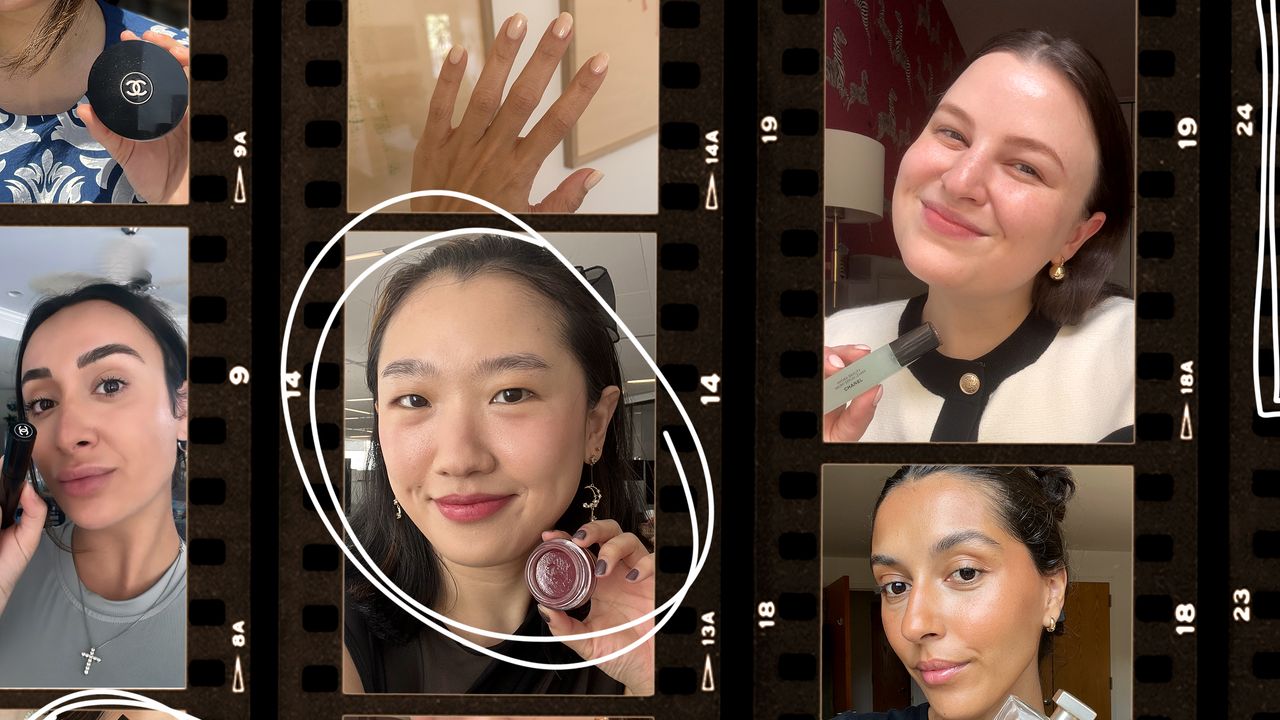Key Points
- Hot and harsh sun may cause curling, wilting, or drooping leaves, leaf discoloration, and scorching.
- To prevent sun damage, use a shade cover or move the plant to a spot with less sun.
- Be sure to water deeply early in the day, and mulch the base of plants to help retain moisture.
Giving each plant in your garden the right amount of sun is key for healthy growth, but even for sun-loving plants there is such a thing as too much sun. Especially in conjunction with a heat wave, plants can suffer from sun overexposure.
Here’s how you read the signs that indicate a plant is getting too much sun and some solutions to remedy excessive sun and its damage.
Signs of Too Much Sun
Though it may feel counterintuitive, plants can receive too much sun. Here are some telltale signs your plants might be a bit over-sunned.
Wilting and Drooping
vesnaandjic / Getty Images
Limp leaves are a common sign of too much sun, and it often happens during the hottest part of the day. The leaves wilt or droop because moisture evaporates through the leaves faster than the plant roots can absorb it, causing leaves to go limp. This is a natural defense mechanism of the plant to conserve moisture.
Check the soil and water only if the soil is not moist already. If it is, there is no need to water. As the temperature cools later in the day, the leaves usually recover.
Want more gardening tips? Sign up for our free gardening newsletter for our best growing tips, troubleshooting hacks, and more!
Leaf Scorching
Plants can get sunburnt, too. It happens when the sun is so hot that it dries out the leaves. Leaf scorching typically occurs on the outer leaves that are the most exposed to the sun. The leaf tips and edges are particularly prone to sunburn; they turn white or brown and become dry and brittle. If the intense sun exposure persists, entire leaves may turn brown and crispy.
Make sure the plant is getting sufficient moisture. If the soil around the plant is cool and moist at the root level, there is no need to water. You can remove the damaged leaves or let them drop naturally.
Yellowing or Bleaching of Leaves
Getty Images
Leaves turning pale yellow or white indicate that the chlorophyll molecules, which give plants their green color and are essential for photosynthesis, have been damaged by excessive light energy. They can no longer do their job of absorbing light.
This type of leaf discoloration indicates that the light conditions are generally unsuitable for the plant. Move it to a location with reduced sun exposure, but make sure it is still getting the required hours of daily sun.
Curling Leaves
In hot and harsh sun, a plant may curl its leaves inward to minimize moisture loss. With this protective mechanism, the plant reduces the surface area that is exposed to the sun.
Provided that the plant is in a location with suitable light conditions, the curling leaves are a temporary occurrence during hot weather.
Protect it with a shade cloth or move potted plants to a location with filtered light or shade during the hottest part of the day. If the issue persists, move the plant to a spot with less sun exposure.
Stunted Growth
If you notice that a plant has smaller leaves, does not flower or fruit may be suffering from too much sun exposure, the culprit might be too much sun. Typically, this happens in combination with excessive heat so it’s a temporary issue that fixes itself when the weather cools down.
However, if the plant is in a location that does not fit its light requirements, you will have to move or transplant it to a more suitable spot with less intense sun year-round.
How to Protect Your Garden From Harsh Summer Sun
jj gouin / Getty Images
- Always make sure that the location where you plant a species matches its light requirements—full sun, partial shade, or shade.
- Check the soil moisture regularly and water as needed, daily in hot weather and preferably in the morning.
- Mulch around the base of plants to keep the soil cool and moist.
- Install a shade cloth to reduce the intensity of the sunlight but make sure to select a percentage that does not filter out too much sun (30% to 50% is recommended for vegetable gardens).
- Don’t fertilize during hot weather because boosting growth puts additional stress on the plant.
- Don’t plant or transplant during hot weather.
- Deadhead flowering plants so they don’t unnecessarily spend energy on forming seeds.











